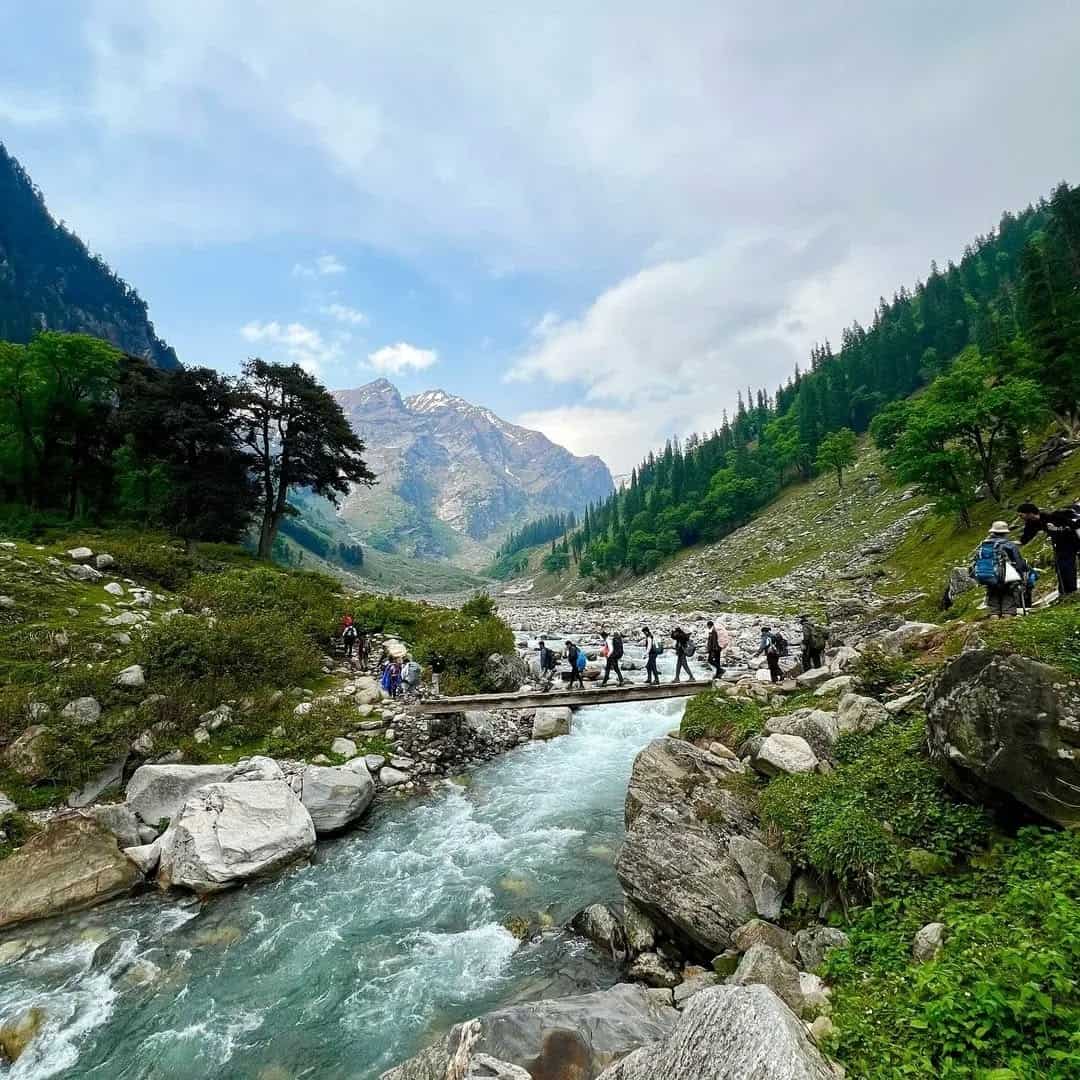Trek Grade
Moderate - Difficult
Highest Altitude
17,600 ft
Base Camp
Manali
Best Time
June to Mid Sept
Trek Distance
34 -37 Kms
Not sure which trek is right for you? Trekup India’s Mountain Experts have you covered.
Not sure which trek is right for you? Trekup India’s Mountain Experts have you covered. From figuring out if a trek matches your fitness level to knowing who you’ll be trekking with, we’re here to answer all your questions. Reach out to our Mountain Experts and plan your trek with confidence.
Chandrabhaga Glaciers Trek
The Chandrabhaga Glaciers trek is among the most remote, rawest high altitude excursions in the Indian Himalayas. Beginning in Baralacha La Pass (16,040 feet) in Lahaul, Himachal Pradesh, this trek quickly immerses you in the stunning cold desert, a surreal glaciated landscape where towering Himalayan mountain peaks collide with ancient glaciers, frozen streams, and unspoiled alpine plateaus.
As you trek through this amazing terrain, you walk through the massive silhouettes of the Chandrabhaga ranges, witnessing glaciers fall down the rock faces and the emergence of the Chandra River, a major tributary of the Indus. The trail is also a route to two high-altitude lakes, Kya Tso and Ga Tso. Kya Tso and Ga Tso, which lie in a quiet place in the snow-covered slopes of Mt. Yunam Peak with an elevation of more than 17,000 feet.
This trek is more than an enjoyable hike; it’s a glaciology display that’s moving. There are icefalls, crevasses, sinkholes, and glacial snouts at a non-technical, safe distance, which makes it a unique experience accessible for trekkers who do not have any mountaineering experience.
The trek shows the stunning, moon-like beauty of Lahaul’s harsh desert. The vast, bare landscape is ablaze with gorgeous shades of green, orange, and purple with changing light – a striking hue that can only be seen in the high Himalayas.
One of the most memorable parts of the trek includes the “Silver Moraine Campsite,” nestled in a glacial stream, and set among massive peaks like KR 5 Kullu Makalu, and Mt. Yunam.
This trek will take you close to glaciers, without the dangers of walking on the tops of them. You’ll see the formation of glaciers, moraine ridges, icefalls, along with the glacial outcrops in a manner that very few treks in india permit, providing a unique learning and visual experience.
Take a look at the snout, where you can see the Chandra River emerges from the ice. This river eventually changes into the Chenab River. It is an essential system of waterways that runs throughout Jammu & Kashmir, Punjab, and eventually to the Indus in Pakistan – an event of pure nature and scale.
The climb over the ridges of a moraine littered with boulders is rewarded by the sight of Kya Tso, Kya Tso, and Ga Tso, three glacial lakes perched high up in the mountains. The lakes are not visible until the last stage of the climb, which makes their discovery amazing.
What is the best Time for Chandrabhaga Glaciers Trek
Best Time: July to September (Pre-monsoon to Post-monsoon Window)
Region Overview
The Chandrabhaga Glaciers Trek is located in the remote high altitude area of Lahaul Spiti in Himachal Pradesh, near the Baralacha La Pass. The area is located in the zone of cold desert which makes it inaccessible and snowbound for a large portion of the year.
Why July to September is Ideal
1. Snow Clearance and Trail Access
- In July the majority of the winter’s snow melts and clear the trekking route starting from Baralacha La to the glacier.
- Passes such as Baralacha La (16,500+ feet) become accessible after closing due to snow up until the end of June.
2. Stable Weather Conditions
- This is the most dry and stable time of the Himalayas.
- In contrast to the lower Himalayan hikes Lahaul Spiti and Zanskar are in rain-shadow areas that means less rainfall even during monsoon season.
- The clear blue skies as well as cold temperature (10degC to 3degC at night) make for the perfect trekking conditions.
3. Lush High-Altitude Meadows and Glacial Lakes
- Mid-July is when alpine flowers blossom and meadows are alive in campsites such as Yunnan as well as River Camp.
- Iconic glacial lakes such as Kya Tso and Ga Tso are visible and are not frozen, and are displaying their stunning turquoise hues.
4. Safe River Crossings
- The melting of snow makes sure that glacial streams flow however they’re easily manageable when compared to later September, when the flow increases because of the late monsoon effect.
- Stream crossings are vital for this route including at the source of the Chandra River.
5. Ideal for Photography and Landscape Lovers
- Crystal-clear skies, stunning Himalayan backdrops, sharp light, and glacier-fed lakes provide unmatched photographic opportunities.
- There are also unobstructed view of Chandrabhaga mountains, Baralacha massif and the snowfields that surround it.
What to Expect (Conditions & Preparation)
| Aspect | Details |
|---|---|
| Temperature | Day: 10–15°C, Night: 0 to -5°C |
| Snow Patches | Residual snow above 16,000 ft until mid-July |
| Oxygen Level | Low – High-altitude acclimatization required |
| Altitude | Trek crosses 17,000+ ft (Kya Tso – Ga Tso lakes, glacier viewpoint) |
| Rainfall | Minimal to none due to rain-shadow geography |
| Trek Difficulty | Moderate to Difficult – due to high altitude and long days (8–10 km/day) |
Months to Avoid
| Month | Reason |
|---|---|
| October – May | Heavy snow, inaccessible roads to Baralacha La, sub-zero blizzards |
| June (Early) | Trails still snow-covered; Baralacha La may not be fully open |
| Late September – Early October | Risk of early snowfall, extremely cold nights, frozen water sources |
Pro Tips for Trekking July-September
- Acclimatize to Manali and Jispa prior to the trek starts to prevent the risk of AMS (Acute Mountain Sickness).
- Take sun protection equipment because the sun is brutal at high elevations, even at low temperatures.
- Pack Layered clothing that includes thermal jackets and waterproof jackets, fleece jackets and gloves.
- trekking poles and microspikes are a great way to help with residual snow accumulations near high-altitude lakes.
- Always use the help of a accredited guide/organization because this is an extremely remote trek with no connectivity.
Summary
Best Time: Mid. July to Mid September. Why The trails are clear, the glacial lakes completely visible, less chance of rain or snow, and a pleasant climate.
Avoid: early June (snow covered) and late september to the end of September (cold early snow) and winters.
Trek Cost
- Stay will be on a twin-sharing basis in tents
- +₹4,000 Extra For Transport (Manali → Jispa → Baralacha La & Return to Manali)
- + 210 Trek Insurance (Mandatory)
- Discount Policy
Pickup time 11.30 A.M from Hotel Kundan Inn, Aleo, Naggar Road, New Manali, Distt. Kullu (H.P.).
Call Our Mountain Experts
Fix Departure Dates
Why Choose Trekup India?
Videos by experts watch these videos to prepare well for a Successful Trek

Want To Trek Like Pro?
Basically, watch these videos if you want to trek the same way professional trekkers do and make your skills better. These videos contain useful tips and techniques to further improve your trekking skills itself. These videos actually help both new and experienced trekkers improve their trekking skills. These videos definitely provide useful tips that make your trek better. We are seeing that these videos by Trekup India experts will only help you make your trekking skills better.
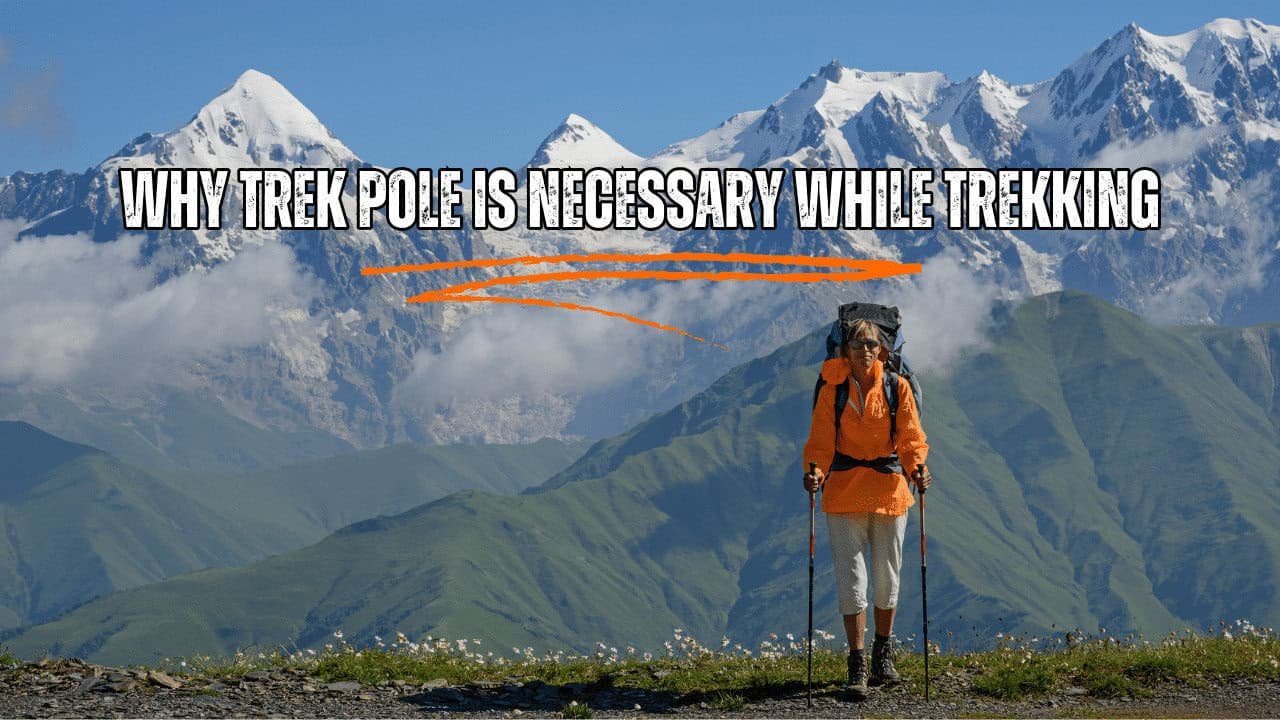
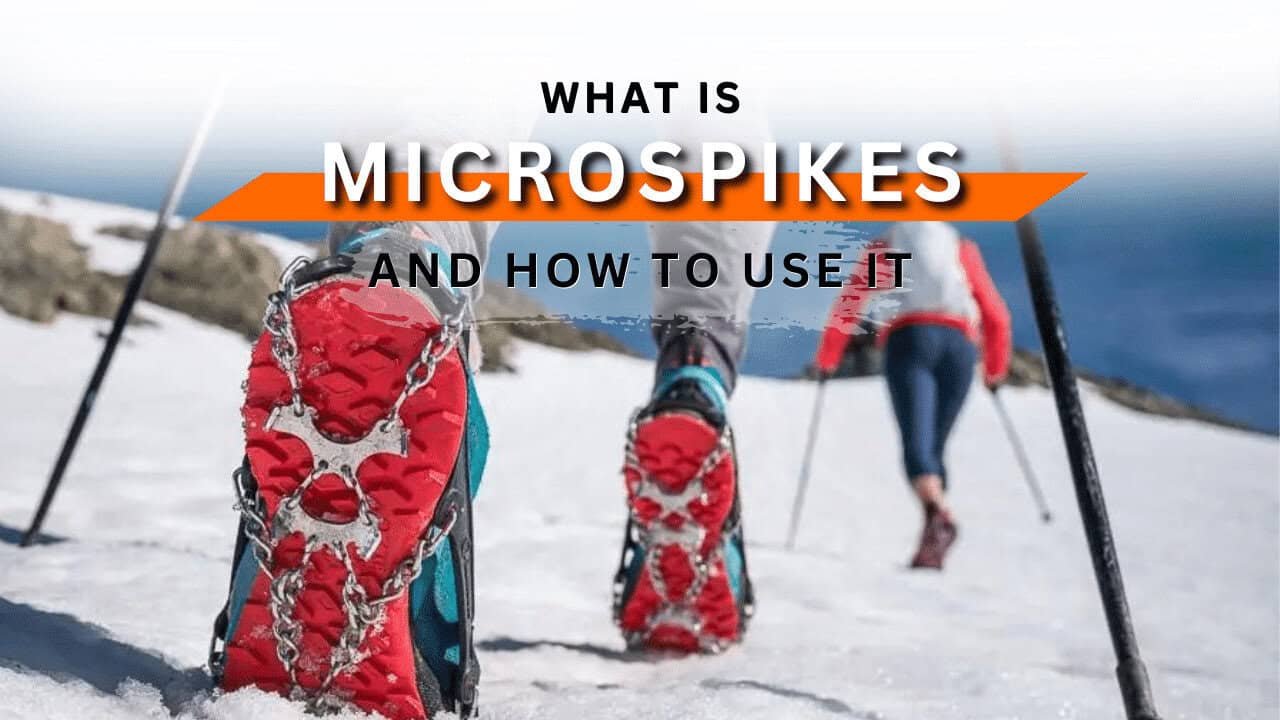
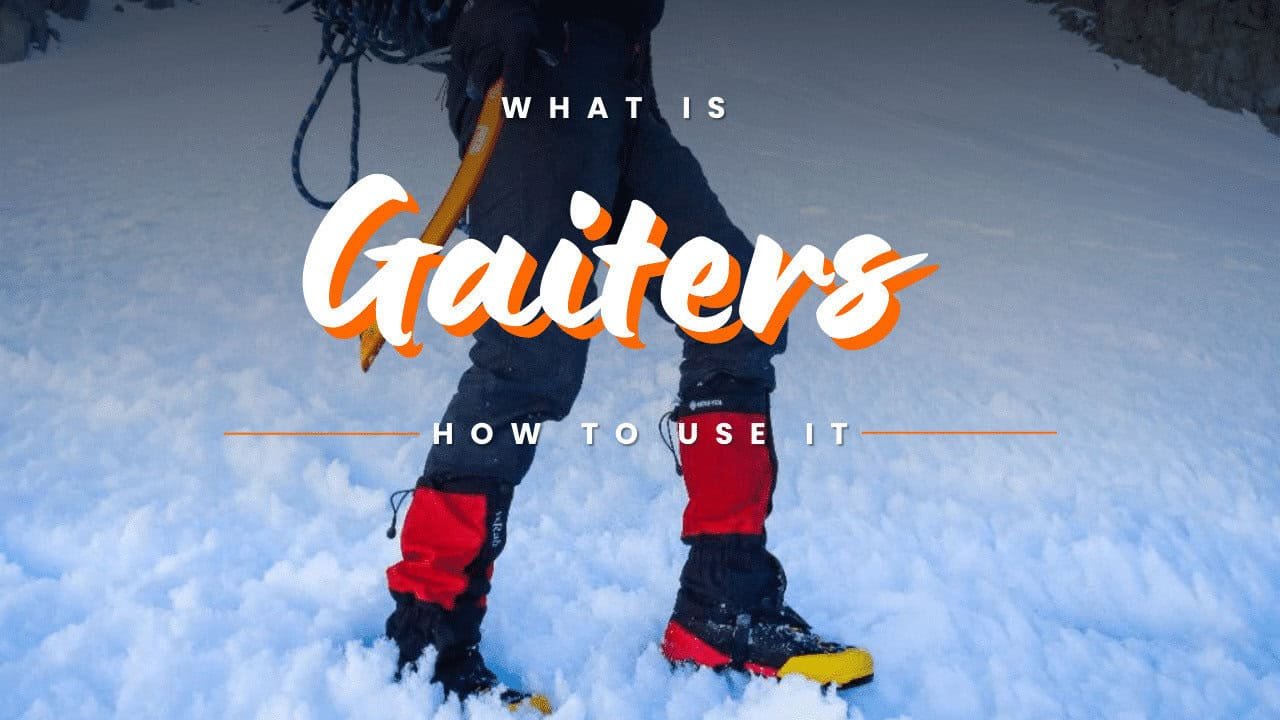
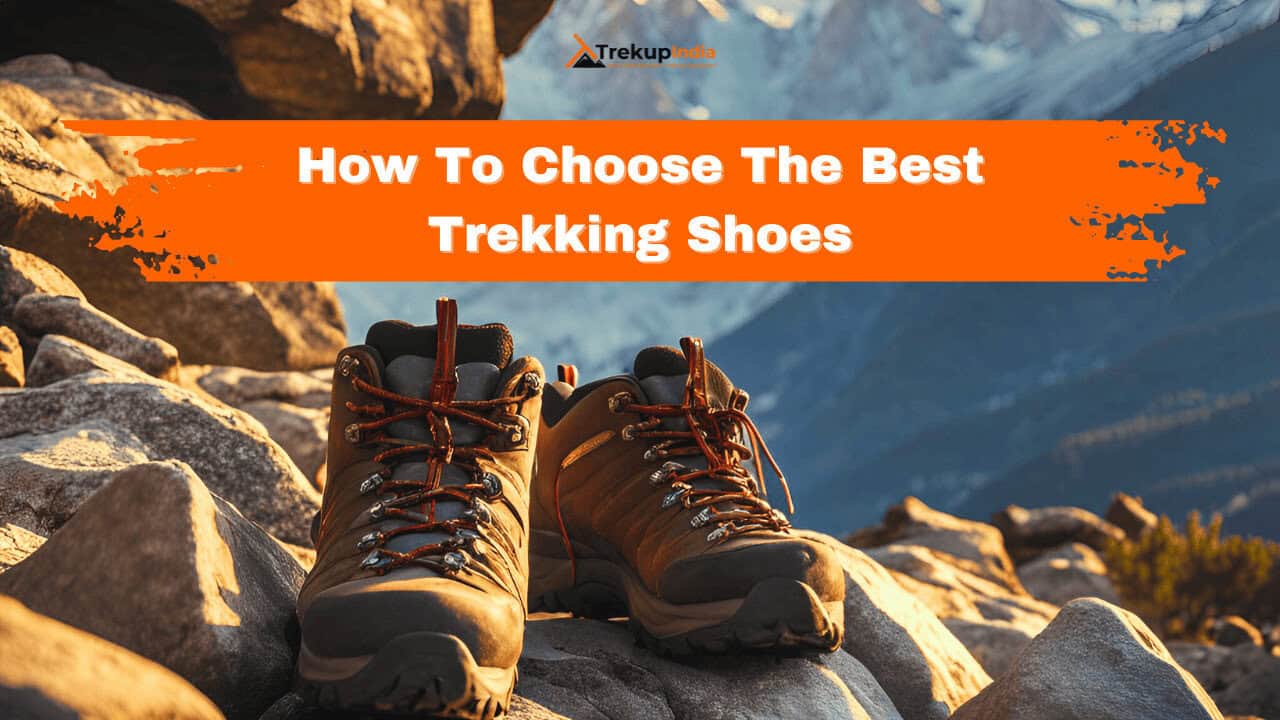

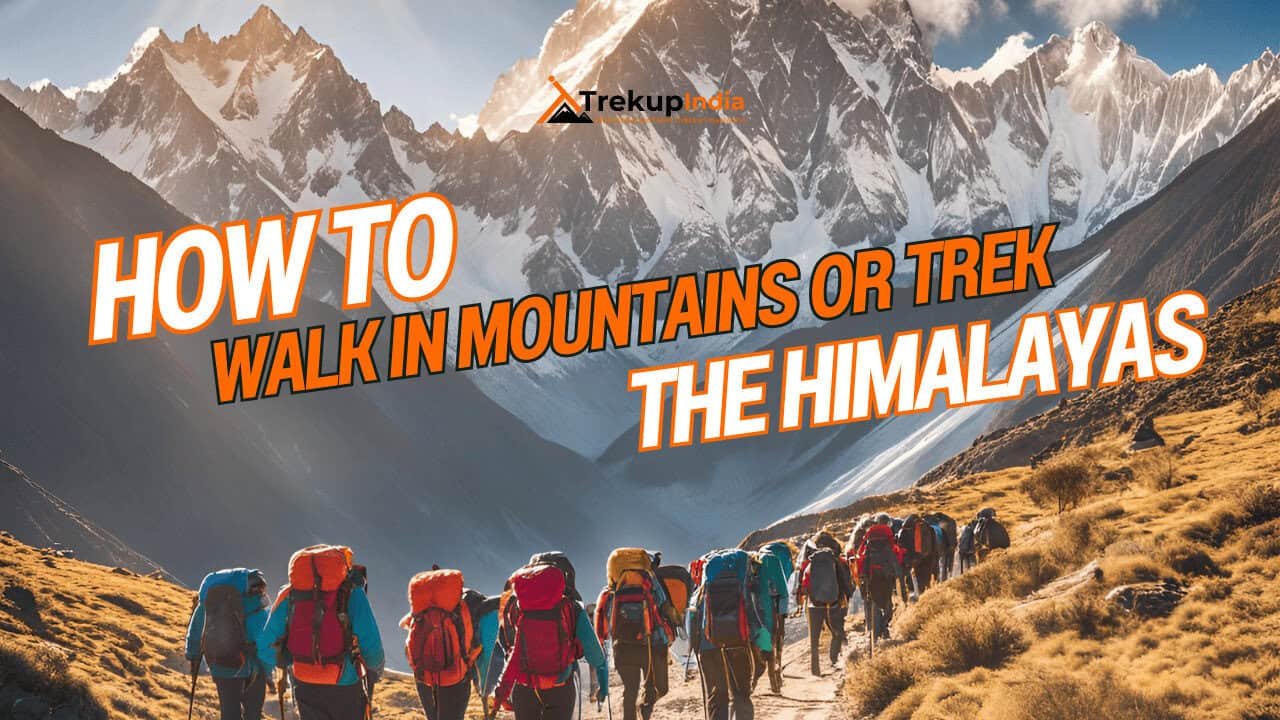

Know Everything About Acute Mountain Sickness
Acute Mountain Sickness occurs when people trek to high altitudes above 8,000 feet. This condition itself develops further due to reduced oxygen levels at such heights. Basically, as you go higher up, the air pressure and oxygen levels decrease, which causes the same problem. Acute Mountain Sickness surely causes headache, nausea, vomiting, and dizziness in affected persons. Moreover, peoples also experience difficulty in sleeping during this condition. To avoid mountain sickness, you should actually trek up slowly to higher altitudes. To learn further about this condition itself, watch the videos by Trekup India.
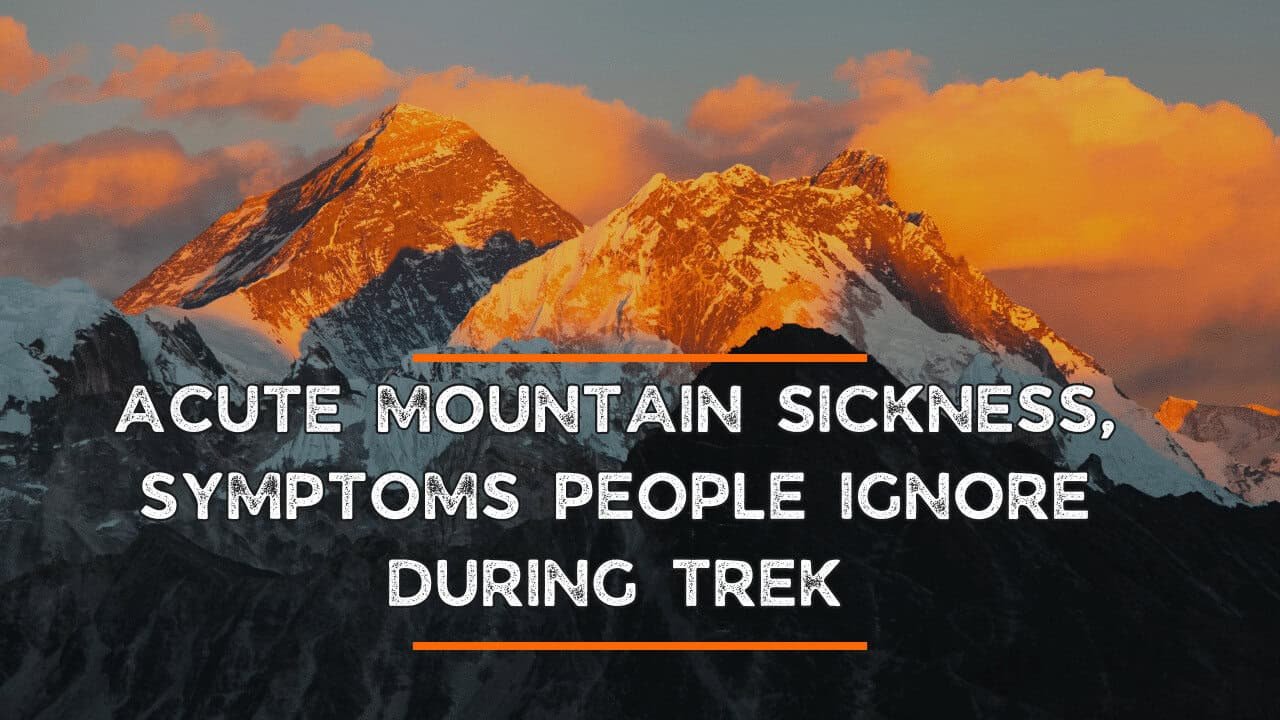
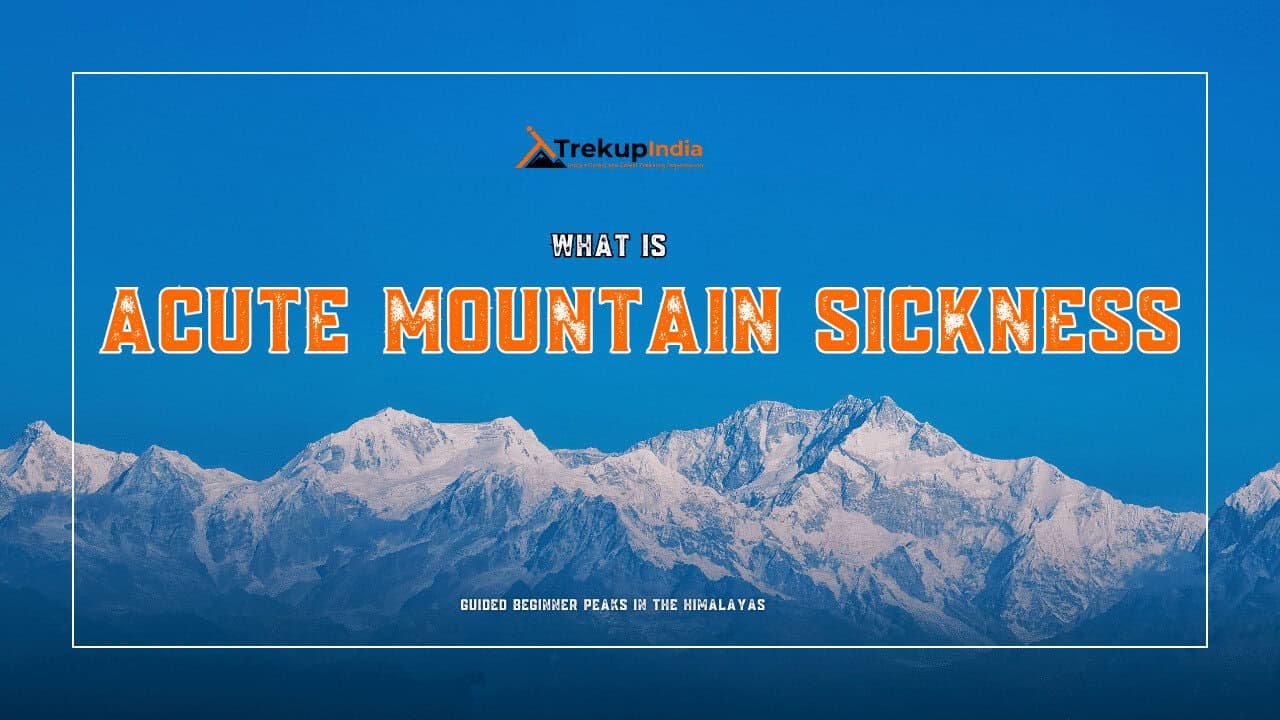
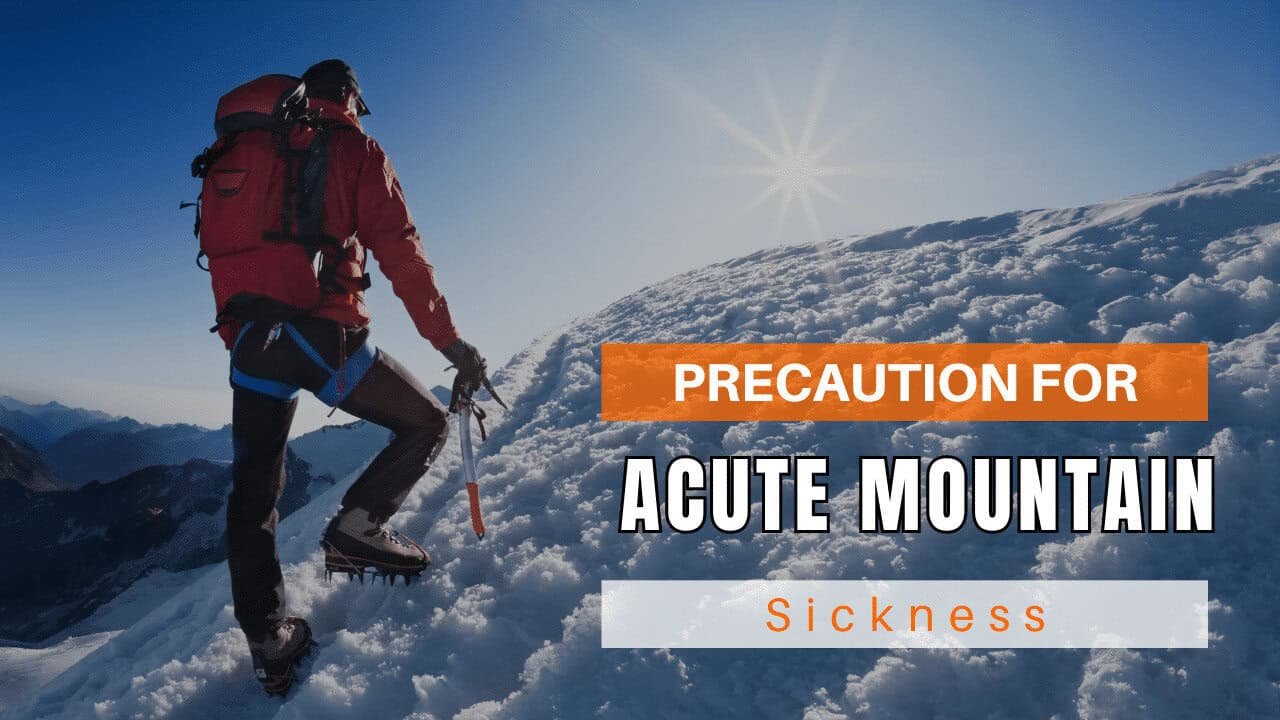
Day Wise Detailed Itinerary of Chandrabhaga Glaciers Trek
Day 1: Drive from Manali to Jispa – The Road to the Himalayas Begins
- Distance: 95 km
- Time 5-6 hours (including break and photograph breaks)
- The best time to visit is from June through October
- Route: Manali – Atal Tunnel – Sissu – Keylong – Jispa
The adventure through Trekup India begins at a very early hour from Manali. It continues while you travel to Jispa, which is the entry point for the remote valleys in Lahaul, along with Zanskar. The journey begins with a trip through the famous Atal Tunnel, one of the world’s longest and highest highway tunnels, spanning over 9 kilometers and significantly reducing travel time. In just a few minutes, the lush pine forest and apple orchards of Kullu Valley give way to the harsh, high-altitude cold deserts of Lahaul and reveal breathtaking views of the mountains and a distinct Himalayan ecosystem.
After you have left the tunnel, the first stop will be the picturesque village of Sissu, situated on the banks of the Chandra River. There, you can take an hour to relax and sip hot tea, and admire amazing pictures of Sissu Waterfall and the surrounding glacier-fed mountains. The road continues through the Chandra River, leading you to Tandi Tandi. At this critical sacred confluence, the Chandra as well as the Bhaga rivers merge to make the Chandrabhaga (Chenab) River–one of the five major rivers in the Punjab. The massive river system eventually joins with the Indus and is a crucial source of drinking water to northern India as well as Pakistan.
As you continue, you will arrive at Keylong, the capital city of Lahaul’s administrative district, and the final central town before moving into more Himalayan terrain. At an elevation of more than 10,000 feet, Keylong offers a short meal stop along with ATM access and fuel stations. Keylong is also a last chance to buy essentials and replenish your supplies before the journey into the wilderness trek commences after a brief break and a drive of 22 kilometers to arrive at Jispa, an idyllic mountain village situated at 10,000 feet just beside water flowing from the glacier of the Bhaga River.
In the early afternoon (around 1:30-2:30 PM), check into the Trekup Indian riverside campsite and/or alpine guesthouse. The remaining days are set aside for the process of acclimatization, essential before gaining higher altitude during the Chandrabhaga Glaciers Trek. It is possible to take a brief acclimatization walk, sit along your river, or sit back and enjoy the pure beauty of this stunning Himalayan valley. Jispa is an ideal transition point from the city to nature – the point at which your adventure into glacier country begins.
Day 2: Acclimatisation Day at Jispa
- Altitude: 10,500 ft (3,200 m)
- Duration: Full day (Rest, Walks & Light Activity)
- Stay: Campsite or Guesthouse in Jispa
Why Acclimatisation is Crucial
Jispa is a beautiful Himalayan village situated on the Bhaga River in the Lahaul region. It is located at 10,500 feet, the altitude is ideal elevation for the body’s ability to slowly adjust to a low level of oxygen before moving up to higher altitudes, such as Baralacha La (16,500 ft) and the Chandrabhaga Glacier viewpoint (17,500+ feet).
Acclimatisation isn’t just a matter of relaxation; it’s a scientifically proven process that boosts the efficiency of oxygen, reduces the risk of Acute Mountain Sickness (AMS), and improves trekking ability.
What You’ll Do on Acclimatisation Day
- Light Acclimatization Walk After breakfast, you’ll embark on a short walk up to Jispa Monastery or an adjacent point of view (~1.5 to two kilometers in total).
- This gentle movement increases circulation and allows your body to adjust.
- Food and Nutrition: It will be suggested to drink 3-4 liters of fluids and consume balanced meals.
- Rest and orientation: The trek leader provides an informational session on high-altitude trekking, safety protocols, gear use, and trail expectations.
- Health checks: The Trek team will check your oxygen levels, pulse rates, and other signs of altitude effects.
Things to Explore in Jispa
- Bhaga Riverbank: Serene walks along the glacier-fed Bhaga River
- Jispa Rural Museum Museum that is a small but informative museum featuring Lahauli culture and ancient artifacts, and woolen crafts
- Local interactions: Warm locals, traditional homes, and Buddhist prayer flags offer an insight into the daily life of Lahaul’s mountain communities.
Tips for the Day
- Do not smoke or drink alcohol -they can dehydrate you and increase the risk of AMS
- Be prepared for the day’s trip to Baralacha La
- Get a good night’s sleep — rest is essential before trekking begins.
Summary
The goal is to allow your body and mind to get used to a higher altitude. Activities include a short hike in orientation, an orientation session, a check-up on your health, and exploration of the local area. Reduces the chance of getting AMS and helps prepare you for the trek ahead
Day 3: Jispa to Baralacha La By Drive & then Trek to Silver Moraine Camp via Paralatse La
- Scenic drive to Baralacha La via Deepak Tal
- Begin trek over Paralatse La saddle
- Reach the surreal Silver Moraine Campsite beside a glacial stream
- Trek Time: 6 to 7 hrs
The day gets underway early when we travel across Jispa towards Baralacha La (16,040 ft). This high-altitude pass links Lahaul and Ladakh and acts as the entrance to one of the most pristine trekking routes of the Himalayas. The route takes about 2.5 to three hours and covers approximately 60 kilometers, passing by Deepak Tal and Zing Zing Bar with stunning panoramas of snow-capped mountains, as well as glacial streams and vast alpine valleys. Once we have reached the summit of Baralacha La, we pause for a moment to take in the stunning, stark splendor of this winter like desert pass before embarking on our trek.
At Baralacha La, the trek begins gently. Still, it gradually increases as you traverse high-altitude meadows and rocky outcrops towards Paralatse La (17,000 ft), a lesser known mountain saddle that’s swept by the wind, which separates two basins of glaciers. The trek towards the pass is not difficult, but it can be a challenge due to the lack of air and the elevation increase, which makes it a critical day to acclimatize. From the summit, panoramic views are visible across the Chandrabhaga along with the KR ranges & the distant mountains are glowing in the sunlight.
Departing for Paralatse La, the trail will take us to a surreal, extraordinary desert landscape that is dotted with wildflowers, glacial streams, and endless moraine fields. After a 7 hour trek to the magnificent Silver Moraine Campsite, situated in a glacial stream that is clear and surrounded by mountains. The KR 5 cone is perfectly symmetrical across the sky, and Mount Yunam looms behind, creating a lovely camping spot during the trek. Following a hearty meal and an acclimatization walk in the evening, we take a rest beneath the stars, preparing to face the glacier zone to come.
Day 4: Trek to Chandrabhaga Glaciers Viewpoint & Return via Chandra River Source
- Trek through glacier valley to view crevasses, icefalls, and snouts
- Witness the birth of the Chandra (Chenab) River
- Return to the Silver Moraine Campsite by evening
- Trek Time: 6 to 7 hrs
Today marks the start of the Chandrabhaga Glaciers Trek, a journey to the depths of one of India’s most remote glacial basins in the Himalayas. Our day begins at an area known as the Silver Moraine Campsite, trekking through moraine fields as well as boulder zones and frozen alpine plateaus to an observation point called the Chandrabhaga Glaciers Viewpoint. This is similar to exploring an open air glaciology museum. You’ll see a variety of spectacular glacier formations, including sinkholes, crevasses, and snouts of icefalls that tower against the majestic KR and Chandrabhaga mountains. The landscape is extraordinary, silent, and untouched by humankind.
The last stretch of the climb will take visitors to Chandrabhaga Glaciers Viewpoint, a viewpoint from which you can stand close to the edge of several glaciers that merge into one huge ice field. This is the point where the Chandra River is born, which gushes out in a torrent from the snouts of an ancient glacier. The experience of being near the source of one of India’s most important rivers, which later becomes the Chenab River, as it continues to flow into Pakistan’s Indus River, is truly spiritual. It is a moment to pause and be awestruck by the size of the land, capturing the moment in photographs and awe in silence.
When we return, we will be trekking on an alternative trail that follows the origin of the Chandra River back toward the camp. The roar of glacial meltwater is a constant companion, and the views shift to the sun that bathes the valley in a dazzling array of shades, after approximately 6 to 7 hours of trekking in and back towards our Silver Moraine Camping Site in the late afternoon. The remainder of the time is devoted to recuperation, rest, and reflection beneath sky like skies. It’s a day that’s the essence of this trek as raw, remote, awe inspiring, and humble.
Day 5: Trek to Cho Valley Campsite via High Altitude Glacial Lakes & Kya Tso & Ga Tso
- Kya Tso and Ga Tso nestled below Mt. Yunam
- Descend to the riverside campsite near the Yunam River
- Trek Time: 6 to 7 hours
The journey today is among the most stunning and enjoyable days of this Chandrabhaga Glaciers Trek. We start early from our Silver Moraine Campsite, climbing gradually up the moraine’s ridges and rocky terrain. The trail ascends steadily and tests your endurance; however, with each step, the landscape at high altitude is more amazing. After a lengthy uphill climb and a short downhill push, the most significant point of interest is revealed: the stunning Kya Tso Lake situated at almost 17,000 feet beneath the majestic mountains of glaciers that cover Mount Yunam. The clear blue water reflects the skies and mountains, providing a serene and inspiring experience for those who trek.
In Kya Tso, the trail goes on along high ridgelines as well as glacial valleys, before reaching the amazing Ga Tso Lake, which is tucked away in the basin of glaciers. The lake is believed to be one of the places of birth for the Yunnan River, and its icy waters glisten in the glare of the high altitude sun. The thing that makes these lakes distinctive is the way that they are revealed, obscured until you cross the last ridge, only to appear in full splendor suddenly. This is a moment that will stay with trekkers for the rest of their lives.
After taking in the view and taking a break near the lake, we begin our journey towards our destination, the Cho Valley Campsite, following glacier fed streams which cut through the rocky terrain. The climb is long, but picturesque as we pass through a large valley filled with silence and the wind. After a 7 to 8 hour trek, you’ll reach the Cho Valley Campsite. It is a peaceful and quiet place, perfect for resting after a long day. Your ears will be a sounds of glacial water beneath the stars of a night sky, in the knowledge that only a handful of people have trekked this secluded route.
Day 6: Trek from Cho Valley Campsite to Baralacha La & Drive to Manali
- Scenic return drive to Manali via the Atal Tunnel
- Trek Time: 2.5–3 hours
- Drive Time: 6 to 7 hours
On the last morning of our Chandrabhaga Glaciers Trek, we began our day with a slow but steady ascent from the Cho Valley Campsite, following the glacier fed streams back to Baralacha La (16,040 ft). The trail climbs steadily over rocky moraine fields and desert ridgelines, providing panoramic views of the KR and Chandrabhaga ranges for the last time. The terrain is raw in its silence, sweeping, and vast, and the dawn sun gives a golden glow to these high-elevation wilderness areas. This 2.5 to 3 hours trek up to Baralacha La is the final ascent of the trek and is an appropriate way to say goodbye to the untamed and remote landscape.
As we reach Baralacha La, we take a break for a few minutes in this historical and essential mountain pass, in which the Chandra, Bhaga, and Yunam valleys join. Then, from here we start our return journey to Manali by retracing this route to Zing Zing Bar, Deepak Tal, and Sissu through Sissu via the Atal Tunnel. The return drive of 7 hours is relaxing and scenic, providing a last glimpse of the cold desert beauty along with its alpine beauty. We arrive in Manali at night (approx by 8 P.M) and mark the end of an incredible trek through glacier country. As we ascend into the lush valleys of Kullu, the stark contrast between the desert at high altitude and the forested landscapes becomes evident. It’s an excellent ending for one of the more distinctive and wild trekking experiences in the Himalayan mountains of India.
We’ve prepared a comprehensive Trek Route Map for your upcoming adventure to Chandrabhaga Glaciers Trek, which outlines the entire journey including all stops and trails. This map provides detailed information on the terrain, distance between points of interest, and estimated travel time to help ensure a safe and enjoyable trek. We’ve carefully curated the map to ensure that you have all the necessary information at your fingertips. Please take a moment to review it thoroughly, and don’t hesitate to reach out if you have any questions or concerns.
The Trek Altitude Chart is a useful tool for Trekkers to monitor their altitude changes during their rides, allowing them to plan their routes more efficiently and track their progress over time. This Chandrabhaga Glaciers Trek chart is beneficial for both casual and experienced Trekkers, helping them make the most out of their Trek experience.
Trek Cost Inclusions
- Stay: 1 Night at Jispa in Hotel, and 4 Nights of tented accommodation at individual campsites of Trekup India on twin sharing.
- Meals: Trekup India will provide freshly cooked meals during the trek starting with Dinner on Day 1 to Lunch on day 5 (Meals are simple, nutritious, and vegetarian)
- Trek Equipment: Sleeping bag, Sleeping tents, Kitchen tent, Dining tent, Toilet Tent.
- Amenities: All utensils, sleeping mattresses (Black foam mats), Crampons, and Gaiters for snow.
- Health & Safety: First Aid Box, Oxygen Cylinders, Stretchers, Oxi meters, BP Machines, health.
- Permits: Forest Permits and Camping Permission Fee
- Trek Crew: High Altitude Chef, Helpers, Trek Leader & Guides, and other support teams.
- Potters & Mules: Potters and Mules are to carry all trekking equipment, ration, and vegetables.
Trek Cost Exclusions
- Transport Cost: An additional charge of ₹4,000 applies for transportation from Manali to Jispa to Baralacha La and back to Manali.
- Trek Insurance (Mandatory): Trekup India recommends that all trekkers consider getting trek insurance. This is optional, but highly recommended. Trek insurance covers unexpected events that may occur during your trek. The cost of the insurance starts from INR 210. Please read more about what is included in the coverage and why it is mandatory on treks.
- GST 5% (it is Mandatory)
- Any Meals/accommodation beside the itinerary or not mentioned in the program.
- Any Bus / Airfare to/from trek start/end point
- Personal Medical expenses do carry your medication.
- Any personal services such as Laundry, phone calls, liquors, mineral water, etc.
- Any still / video camera fee
- Backpack Offloading (Mule/Porter Charges)
- Offload Charges: ₹2,600 per bag for the full trek if paid online in advance.
- On-spot Payment: Charges may increase by up to 30% if paid at the base camp.
- Weight Limit: Each bag must not exceed 10 kg.
- Note: Offloading is optional and is recommended for those who prefer to trek with a lighter daypack.
- Any Entrance fee Monuments, Monasteries, Museums, Temples – Pay directly on the spot.
- Any emergency evacuation charges
- Any services that are not mentioned in the cost inclusion section.
What should you pack for the Chandrabhaga Glaciers Trek
Chandrabhaga Glaciers Trek is a high-altitude trek. The trekking gear you have to have for this particular trek differs from normal treks. Thus, read this whole segment. There is an important question that the trekker who is doing trek asks, like what all things to carry while trekking. Below, we have provided the details on everything you should take; an easy way to remember is by Head to foot or foot to head. We have prepared from Head to foot.
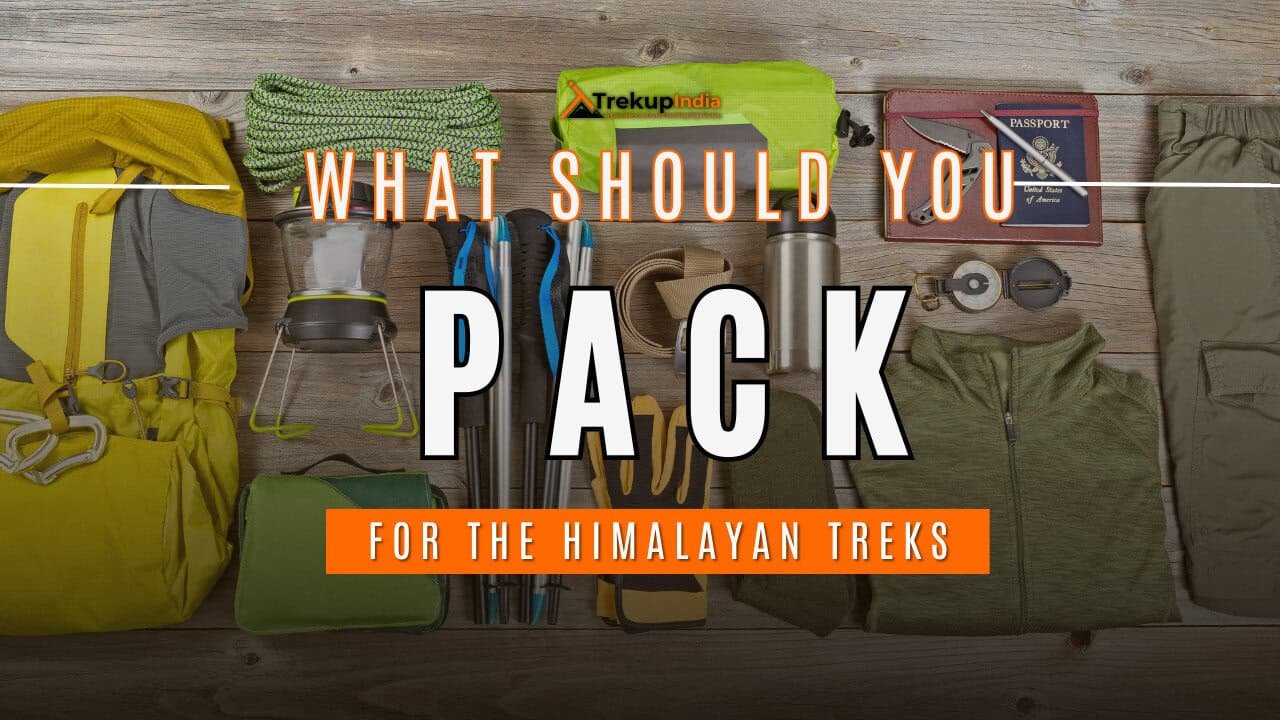
Head Gears
When trekking it's important to carry headgear to protect your head and face.
Heading out for a trek? Don’t forget to carry headgear to protect your beautiful face and head from the sun, wind, and dust! It’s an essential accessory that keeps you safe and comfortable throughout your adventurous journey. So, make sure you pack it before you step out into nature!
- Head Lamps – When trekking at night, headlamps are essential to illuminate your path while keeping your hands free. Headlamps come in different sizes and lumens, so it is essential to choose one that suits your needs.
- Hats or Cap – Caps or hats are also necessary when trekking in different weather conditions. Caps protect your head from the wind and freezing temperatures at night, while hats provide shade and protection from the sun during the day. It’s essential to ensure that your hat has a strap to prevent it from being blown away by the wind.
- Sunglasses – Sunglasses are also essential for trekking. Your sunglasses should protect your eyes from harmful UV rays and fit your face perfectly to avoid falling off while climbing, jumping, or crossing obstacles. The glass of your sunglasses should also be designed for different weather conditions to provide optimal visibility.
- Buff / Balaclava – Lastly, a buff or balaclava is a must-have to protect your mouth or neck from extreme temperatures and keep them warm. Buffs and balaclavas come in different materials, thicknesses, and designs, so it’s important to choose one that suits your needs and preferences. Depending on the weather conditions and your activities, you can wear them as neck warmers, face masks, or headbands.
Clothes
When trekking in high altitudes, prepare for cold weather by wearing layers. Layering traps heat, keeps you warm, and allows you to easily adjust your clothing as temperatures fluctuate.
Layering is important for different seasons when trekking. When planning a high-altitude trek, it is important to prepare for the cold weather. Wearing layers is the best approach as it provides both protection and flexibility when the weather changes frequently in the mountains. Layering helps to trap heat and keep your body warm, while at the same time allowing you to easily adjust your clothing as the temperature fluctuates. By wearing layers, you can enjoy your trek comfortably and stay safe in the unpredictable mountain weather
- For spring, summer, and monsoon treks, consider wearing three layers: a woollen sweater, a fleece, and a padded jacket.
- For autumn treks, add one more fleece layer to make it four layers.
- For winter treks, you may need five layers with thermals, a woollen sweater, two fleeces, and a padded jacket.
- T-shirt/sleeve shirt– Bring three T-shirts and two quick-dry trek pants, wearing one and carrying the others. Long sleeve shirts help to protect from sun UV rays. We recommend synthetic T-shirts as they get dry quickly when they get wet.
- Hiking / Trekking Jacket– down jackets (-5 to-10 C) or two-three-layer jackets.
- Thermals– at least two pairs of thermals help keep the body warm during cold weather.
- Undergarments– you can carry them according to your habitual and hygiene requirements.
- Gloves– 1 pair of gloves will keep your hand warm and nice.
- Trek Pants– Bring 2 to 3 comfortable trekking pants. Trekking pants play a significant role, as they are designed for comfort and mobility, making trekking easier. It should be Synthetic so that it gets dry quickly when wet.
- Rain Wear– you can carry a raincoat or Poncho. During long rains and snowfalls, the waterproof jackets start leaking. Still, the Poncho and raincoats keep you dry, so choose accordingly.
Tip: If you choose a raincoat on your trek, carry a small waterproof cover so things inside your backpack can’t get wet. If you carry a Poncho, you don’t need to worry. It protects both you and your backpack.
Foot Gears
When it comes to planning a trek, one of the most important aspects is to ensure that you have the right kind of foot gear.
- Trekking shoes which are waterproof and have ankle support. Walking / Hiking sandals which can be used off the trek, i.e., in the morning and evening hours when you reach the campsite, basically to get your feet rest from heavy boots, sometimes used for crossing streams and rivers, it’s more comfortable and safer than crossing barefoot or wetting your shoes. Sneakers (Optional) can be worn for normal driving days or used around the camp.
- Socks– you should at least carry 3 to 4 pairs.
- Microspikes & Gaitorswill be provided by Trekup India when required. You don’t have to carry them.
Personal First Aid Kit
Don't forget to pack your personal first aid kit! It's always better to be safe. So, make sure you're prepared for any unforeseen circumstances.
Below are some common medicines generally required/used during your adventure trip; however, please consult your doctors prior.
- Antiseptic towel or water syringe (to clean the wound)
- Butterfly bandage for a small cut
- Cotton and elastic bandages and sterile gauze pad for larger wounds
- Latex gloves are used when the wound bleeds.
- Medicine for Diarrhea (Upset stomach)
- Medicine for cold, flue/fever, headache
- Some pain killers
- ORS pouches
- Quick pain relief spray (External use)
- Any personal medicine prescribed by your doctor
- Dimox / Similar for high altitude sickness
- Bug Repellent
- Carry some nutria/energy bars and drinks (non-alcoholic)
- Note: Kindly consult your doctor before purchasing or taking any medicine.
Gadgets and Other Items
You might also consider bringing a camera, binoculars, portable charger, and snacks. Be well-prepared and tackle any trail with confidence.
- Trekking Poles
- Mobile phone
- Camera
- Spare batteries for phone and camera, power bank
- Lightweight flashlight or headlight
- A waterproof bag made of plastic is used for the camera.
- Plug/converter for electrical items
- 1-litre water bottle
- A journal with a pen would be a good idea to keep your notes.
- Some book of your interest for the ideal time
- Get into the habit of maintaining a Map and guidebook of the region.
Hygiene & Personal toiletry
Remember to pack hygiene and personal toiletry items such as soap, shampoo, toothbrush, toothpaste, deodorant, and toilet paper.
- Sunscreen with UV protection to shield your skin from harmful rays
- 1 or 2 small quick-drying towels to help you dry off quickly in case of rain or sweat
- Toilet paper, tissues or wet wipes for maintaining hygiene while on the trek
- Toothbrush, toothpaste, and mouth freshener to keep your mouth clean and fresh throughout the journey
- Deodorant or talcum powder to help you stay fresh and odor-free, especially during hot and humid climates
- Shampoo to keep your hair clean and healthy
- Sanitary pads or tampons (for female trekkers) to manage menstrual cycles
- Lip-gloss or salve to protect your lips from dryness and chapping
- Bio-degradable soap to keep yourself clean and hygienic while on the trek
- Nail clipper and other personal items that you use daily
Compulsory Documents to Carry
There are certain documents that you should always carry with you. These documents are not only necessary for your safety and security, but they may also be required by local authorities.
These files must be submitted to the Forest Department before your trek. With none of these, you will not be permitted to trek—original and photocopy of government photo identity card. Carry IDs like Aadhaar, voter ID, etc.
How To Plan Your Trek & Reach Manali, Himachal Pradesh?
It’s important to note that all participants must reach Manali at the start of the program. To cater to your travel preferences, we offer three options:
Option 1: Consider traveling overnight on a government bus to Manali. The journey takes 14 hours from Delhi and 10 hours from Chandigarh. We strongly recommend government buses over private ones, as they are more reliable and less likely to be delayed. Regardless of your choice, aim to reach Manali between 9 and 10 am.
Option 2: If you prefer to fly, the best option is to fly to Delhi or Chandigarh airport, then take a bus to Manali. Another alternative is to fly to Bhuntar Airport, which is only two hours away from Manali. However, we advise against this due to the high flight costs and potential for cancellations. If you do choose to fly to Bhuntar, ensure you arrive at least a day before the trek begins.
Option 3: It is possible to go by train. Pathankot railway station, from where you can take bus services that direct you to Manali which is about 300 kilometers from the station and will require an overnight trip. If you choose this option, it is best to arrive one day prior to Manali.
Rest assured, when you arrive at the trek assembly point in Manali, Trekup India will take care of your journey to Jobra, Chatru, and back to Manali, including an excursion to Chandratal. Please ensure you reach Manali before 10:30 am on the first day of the program to allow for a timely departure to the assembly point.
Fitness Required & Preparation Guide For Chandrabhaga Glaciers Trek
If you’re preparing for a Chandrabhaga Glaciers Trek, Trekup India recommends jogging as part of your fitness routine. Jogging helps work out the same muscle groups that you’ll use during trekking and can help you build endurance. You don’t need any special equipment to get started.
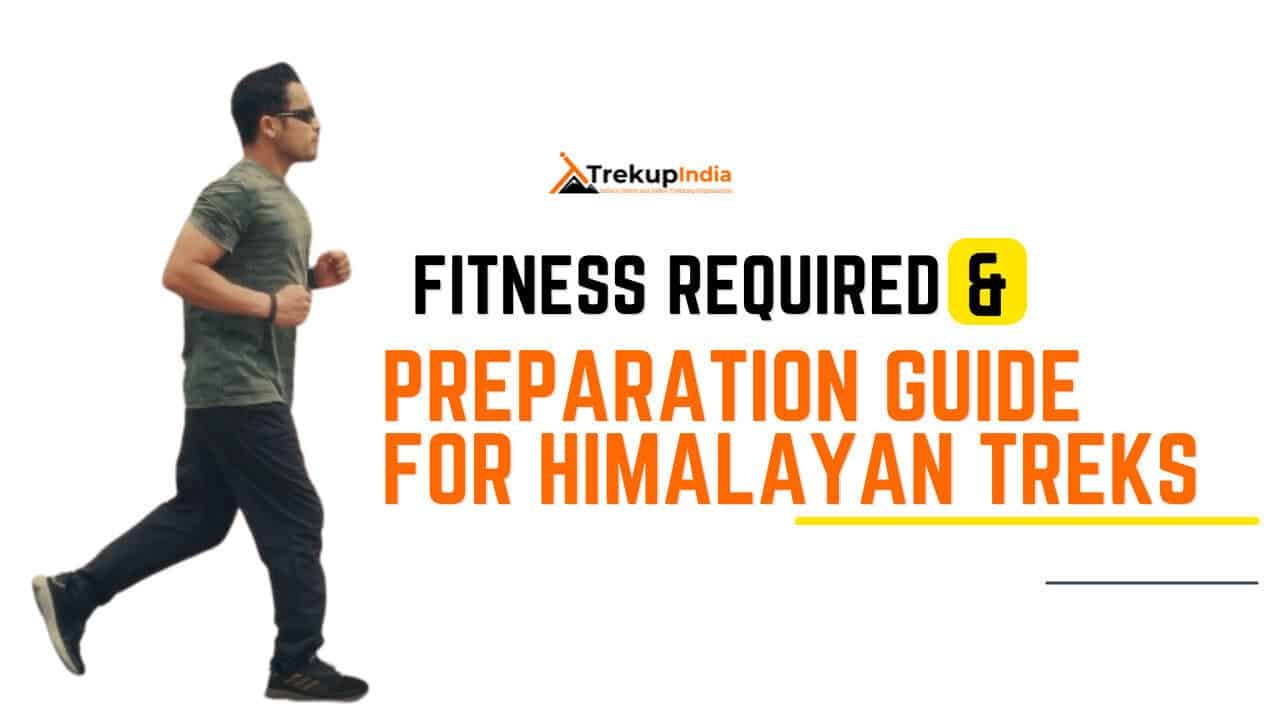
Fitness Target
Trekup India has put the Chandrabhaga Glaciers Trek into an easy-to-moderate-grade-level trek.
For Easy – Moderate Treks – In order to be well-prepared for your upcoming trek, it is recommended that you focus on building your endurance by aiming to cover a distance of 4.5 kilometers in less than 45 minutes. This will help you to develop the necessary stamina and strength required to successfully complete your journey.
How to Achieve This Fitness Target?
To start preparing for your trek:
- Try jogging for at least five days every week.
- If you find 4.5 km too difficult at first, begin with 2 km and gradually increase over 2-3 weeks.
- Once you feel more comfortable running 4.5 km, focus on improving your speed gradually on a daily basis.
It is important to ensure that you can consistently complete 4.5 km in under 45 minutes for at least two weeks before your planned trek. Allow yourself 6-8 weeks to prepare physically for the journey.
Strength Training exercises that benefit Trekking
Trekking is an activity that demands a good level of strength.
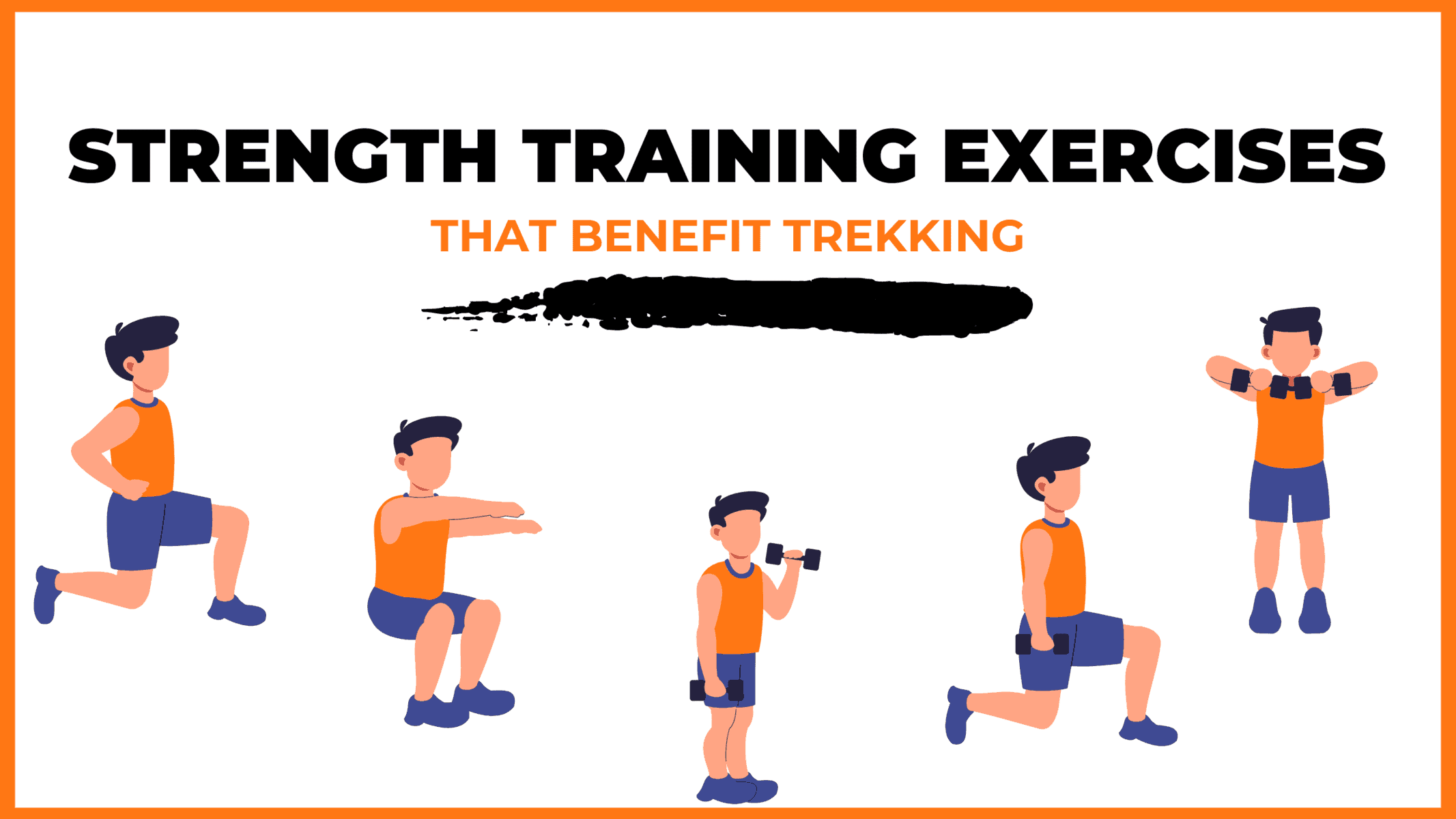
Trekking is a demanding activity that requires good cardiovascular endurance, muscular strength, and overall fitness. To help you prepare for your trek, incorporating bodyweight exercises into your training routine can be an effective way to build strength, improve stability, and enhance endurance, all of which are crucial for a successful trek. In this regard, here’s a breakdown of body weight exercises categorized by the specific body parts they target and the benefits they offer during trekking.
1. Lower Body Exercises
Lower body exercises like squats and lunges are great for building lower body strength, essential for trekking.
a. Squats
Squats are an excellent exercise for building lower body strength, essential for trekking. They target the quadriceps, hamstrings, glutes, and calves. Solid quadriceps and glutes provide power for ascending and tackling uphill climbs, while vital hamstrings aid stability during descents. This is particularly helpful in navigating uneven terrain during trekking.
How to perform Squats Exercises:
- Stand with feet shoulder-width apart, toes pointing slightly outward.
- Lower your body by bending your knees and hips, keeping your back straight.
- Lower until your thighs are parallel to the ground or as low as comfortable.
- Push through your heels to return to the starting position.
b. Lunges
Lunges target the quadriceps, hamstrings, glutes, and calves. They improve lower body strength, balance, and stability, crucial for maintaining control on rocky trails and steep slopes. Additionally, they enhance flexibility, reducing the risk of injury while trekking.
How to Perform Lunge Exercises:
- Stand with feet hip-width apart, hands on hips or sides.
- Take a step forward with one foot, lowering your body until both knees are bent at 90-degree angles.
- Push through the heel of your front foot to return to the starting position.
- Repeat on the other side, alternating legs.
2. Upper Body Exercises
Upper body exercises such as push-ups and pull-ups effectively strengthen the upper body, especially the chest and shoulders, which are essential for carrying a backpack during treks.
a. Push-Ups
Targets: Chest, shoulders, triceps, and core.
Benefits for Trekking: Push-ups are an effective exercise to strengthen the upper body, especially the chest and shoulders, essential for carrying a backpack during treks. Improved upper body strength will also help maintain posture and stability while traversing challenging terrain.
How to Perform Push-Ups Exercises:
- Start in a plank position with hands shoulder-width apart and body in a straight line from head to heels.
- Lower your body by bending your elbows until your chest nearly touches the ground.
- Push through your palms to return to the starting position.
- Keep your core engaged throughout the movement.
b. Pull-Ups/Bodyweight Rows:
Targeting the back, biceps, and shoulders can significantly benefit trekking. You can strengthen these muscle groups by performing pull-ups or bodyweight rows and improve your posture and balance while carrying a backpack. Additionally, more muscular back muscles can help reduce the risk of back strain and fatigue during long treks, making your journey safer and more comfortable.
3. Core Exercises
Core exercises like planks and Russian twists can help strengthen the core muscles, which are crucial for maintaining stability and balance while trekking on uneven terrain.
a. Planks
Targets: Abdominals, obliques, and lower back.
Benefits for Trekking: Planks are an effective exercise that helps strengthen the core muscles. These muscles are crucial for maintaining stability and balance while trekking on uneven terrain. A strong core also helps improve posture, reducing the risk of back pain and fatigue during extended hikes.
How to Perform Planks Exercises:
- Start in a plank position with elbows directly under shoulders and body in a straight line from head to heels.
- Engage your core and hold the position, avoiding sagging or arching the back.
- Keep breathing steadily and hold for the desired duration.
b. Russian Twists
Targets: Obliques, abdominals, and lower back.
Benefits for Trekking: Russian twists engage the core muscles, particularly the obliques, improving rotational stability and balance. Enhanced core strength helps prevent injuries and improves overall performance during trekking.
How to Perform Russian Twist Exercises:
- Sit on the ground with knees bent and feet flat, leaning back slightly to engage the core.
- Clasp hands together and twist the torso to one side, bringing the hands towards the ground beside the hip.
- Return to the centre, then twist to the other side.
- Continue alternating sides for the desired number of repetitions.
4. Full Body/Cardiovascular Exercises
Full-body/cardiovascular exercises like burpees and mountain climbers are excellent for improving cardiovascular endurance, strength, and agility.
a.Burpees
Burpees are an excellent full-body exercise that targets your legs, chest, arms, and core. This exercise dramatically benefits trekking enthusiasts, improving cardiovascular endurance, strength, and agility. Regularly incorporating burpees into your workout routine can enhance your overall fitness level, which can help you endure long hikes and rugged terrains with ease.
How to Perform Burpees Exercises:
- Start in a standing position.
- Squat down and place hands on the ground.
- Jump feet back into a plank position.
- Perform a push-up.
- Jump feet back to the squat position.
- Explosively jump up into the air, reaching overhead.
- Land softly and repeat the sequence.
b. Mountain Climbers
Mountain climbers target the core, shoulders, chest, and legs. This dynamic, full-body exercise can significantly improve cardiovascular endurance and agility. It is an excellent functional workout for trekking preparation as it engages both the upper and lower body muscles while strengthening the core muscles.
How to Perform Mountain Climbers Exercises:
- Start in a plank position with hands shoulder-width apart and body in a straight line from head to heels.
- Drive one knee towards the chest, then quickly switch legs, alternating in a running motion.
- Keep the core engaged and the hips stable throughout the movement.
- Continue at a moderate to fast pace for the desired duration.
Incorporating bodyweight exercises into your training routine can help you build strength and endurance and prepare your body for the physical demands of trekking. Consistency and proper form are crucial to maximizing the benefits of these exercises and ensuring a safe and enjoyable trekking experience. Engaging your core muscles, including obliques, abdominals, and lower back, with Russian twists can improve your rotational stability and balance, preventing injuries and enhancing overall performance during trekking.
When incorporating strength training exercises into your workout routine, it’s essential to maintain proper form and technique to avoid injury. Start with lighter weights and gradually increase the intensity as you progress, focusing on compound exercises targeting multiple muscle groups simultaneously. Some examples of practical strength training exercises for trekking include squats, lunges, deadlifts, and pull-ups.
Remember to give your muscles time to recover between workouts, and remember to stretch before and after your workouts to prevent injury and improve flexibility. Combining strength training with jogging and proper stretching allows you to take your fitness to the next level and confidently tackle even the most challenging treks.
Our Trekkers Reviews And Expriences
Trustindex verifies that the original source of the review is Google. This kuari pass trek was a good experience. The trek leader was very good in communicating and guiding us from the day one till the end. He also take good care of us through the trekking.Trustindex verifies that the original source of the review is Google. At first, I had no idea about the Kuari Pass trail. But trust me, this trek turned out to be one of the most memorable ones because of all the unexpected things that happened before it even began. We reached Joshimath, and we were supposed to start the trek right away, but due to bad weather, we couldn’t make it and had to delay our journey by 2 days. Originally, the trek was planned for 6 days, but the Trekup India team and our team leader decided to finish it in just 3 days instead. They didn’t cancel the trip, and honestly, that was the best decision ever. They handled the situation so well! The most amazing part was that after a few years, Kuari Pass finally received snowfall, even though it’s the autumn season! Kuari Pass is famous for being a winter trek, so seeing snow during autumn was a huge surprise for all of us. We were so lucky to experience that, even with the shortened trek schedule. I also want to mention how great the Trekup India team and our leader were. I’m from Malaysia and don’t speak Hindi, only English, so they arranged a team leader who guided me really well. He explained everything about the mountains and the surroundings in detail. And the food, oh, it was damn good! I never expected such tasty meals during a trek. They even served snacks and chai along the way. My trekking mates were all strangers at first, but they treated me like a local. Even though I’m a foreigner, they never made me feel like one. As for the campsite well, it was full of cow poop, so we nicknamed it Poop Valley 🤣 But that wasn’t really a problem because the Trekup India team provided great accommodation and especially comfy sleeping bags. Overall, my Kuari Pass journey was truly unforgettable. Everything about it was unexpected but incredibly memorable, definitely one of the best treks I’ve ever done. I’ll definitely and highly recommend Trekup India to my friends! 💯 They really made the whole experience smooth, fun, and unforgettable.Trustindex verifies that the original source of the review is Google. Best tl alok and Sanjay bhai best trekTrustindex verifies that the original source of the review is Google. I did the Hampta Pass trek with Trekup India and had a wonderful experience. I wasn’t fully fit as I had just recovered from dengue a week before, but the trek leaders were extremely supportive. They kept motivating me, asked me to take small steps, and always stayed behind me even when I was more than half an hour behind the group. A special thanks to Vivek Rana sir and Sanjay sir for their patience and constant encouragement. The arrangements by Trekup India were excellent. The tents were very comfortable, which is so important after a long day of trekking, and the campsites were well chosen. Food quality was also good. What I liked the most was their discipline in following timings and executing the trek with perfect planning and no delays. Overall, it was a great experience and I would definitely recommend Trekup India for treks.
We provide only Indian vegetarian food, and your meal will mainly consist of Indian bread, vegetables, lentils, rice, and a delicious dessert. During your trek, we will serve three meals a day, including breakfast, lunch, and dinner. You will also be served tea, snacks, and lip-smacking soup in the evening before dinner. If it is a long day of trekking, you will be given a packed snack.
After extensive research on the trekkers’ nutritional requirements, we prepare the menu. Before putting all the meals together, we also consider the altitude and the weather.
The meal we serve during the trek is perfectly balanced with calories, carbohydrates, vitamins, protein, fibre, and minerals. You need to know that all our cooks have great expertise in cooking and have undergone thorough training. So, get ready to enjoy delectable and lip-smacking dishes during your trek. You will be served with lemon tea in the tent to start your day with a refreshed feeling. Before leaving the campsite for trekking, you will be given a hot finger-licking breakfast like upma, Aallu Prantha, Besan Chilla, Poha, Daliya, Corn flakes, and Maggie, along with tea or coffee.
If your trek is longer, we also offer some fresh local fruits such as apples and healthy drinks like Frootie or Maaza. In the afternoon, you will be served a simple & healthy lunch, while at around 04:00 pm, you will be given tea and a light evening breakfast. After you reach your campsite at night, you will be served a hot and delightful dinner.
After reading this, you must have understood the food we provided on the trek; you don’t need to worry about food. Many trekkers repeatedly trek with us because of the food we provide. Thus, we will give you unforgettable experiences.
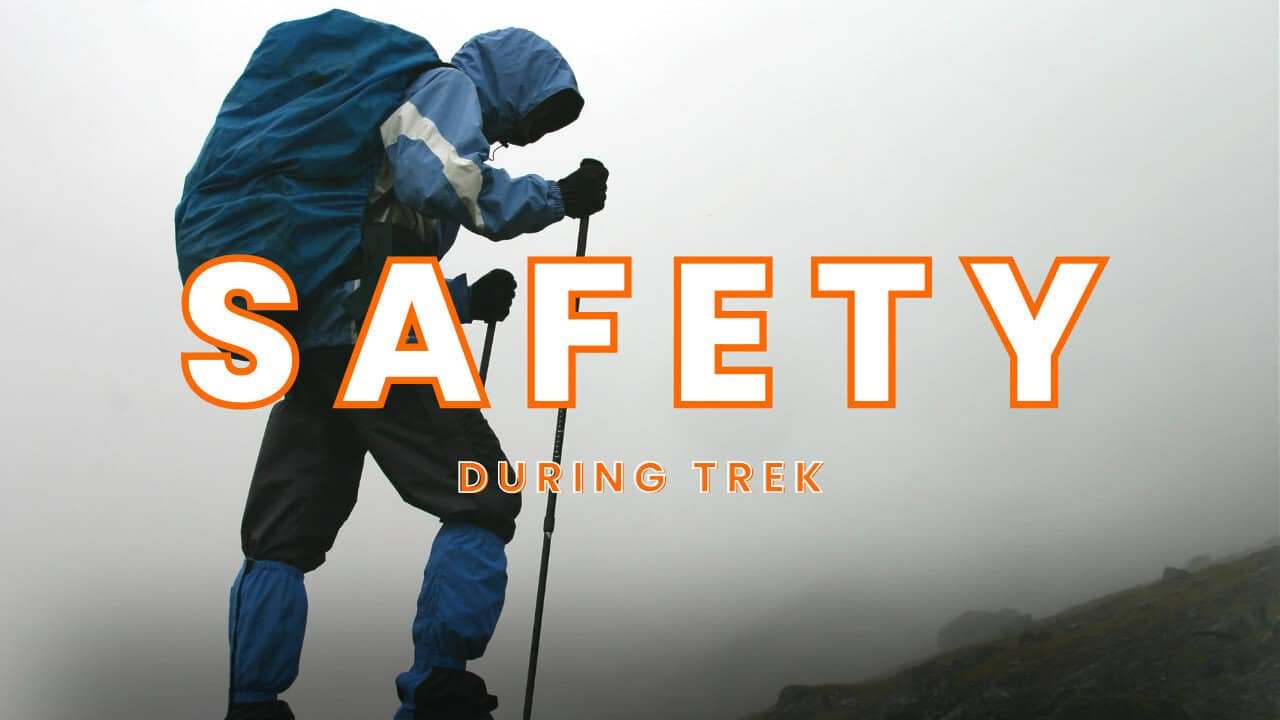
Trekking with us for the Chandrabhaga Glaciers Trek is entirely safe because we have a team of trek leaders qualified in Wilderness first-aid and complete information about the high-altitude glitches. During the trek, we carry a full first-aid kit that contains all the essential medicines. Before trekking with us, you must ensure that you are medically fit for the trek; for us, your medical fitness is more important than anything else.
Right from our establishment, we at Trekup India have been continuously introducing new safety practices into Indian trekking to ensure the safety of voyagers. Trekup India introduced microspikes and made emergency bottled oxygen mandatory for all treks. Our trek leaders take your daily Pulse oximeter reading. We at Trekup India introduced the radio walkie-talkie as a safety communication device.
How can we ensure that your trek is safe with us?
We have noticed that most trek-organizing organizations do not follow these systems, but with time, they are following us; several competing companies are adopting these practices and organizing great, safe treks.
We ensure complete technical safety in the mountain. Our company has a vast team of more than 100 guides and trek leaders who serve on Himalayan treks. One of the best things about our team is that all the members are trained professionally by the Nehru Institute of Mountaineering, Indian Mountaineering Foundation Delhi, and Hanifle Center Outdoor Education Mussoorie.
Explore our New Safety Protocols
To ensure a perfect Trek, we have introduced some new safety checks to ensure excellent safety for our trekkers.
Our On-trek safety checks include:
- Daily oxygen saturation, along with pulse readings
- Stretchers team appointed on every trek
- Radios
- Trained mountain staff and complete safety
- Additional oxygen cylinders
- Special medical kit for high-altitude treks
- Microspikes on all types of snow treks
- Experienced Trek leaders, as well as safety
- Technical team on all snowy slopes
For Us, Your Safety Is the Top Priority
At Trekup India, you will find a team with local knowledge and fluency in English and Hindi. This helps ensure that you have a fantastic trek. Not only this, but we also pay attention to your health and safety because this is something we cannot ignore. All the team leaders involved in trekking have already undergone several professional courses in first aid, portable altitude chamber training, CPR, environmental awareness training, and advanced wilderness emergency medicine.
We also carry a complete first aid medical kit on every trek and trip we organize. Apart from the medical kit, we take a portable altitude chamber (if needed) and medical oxygen for all high-altitude treks. Our company has significant expertise in organizing all sorts of group adventure holidays for family groups, school and college groups, and friend groups. We have many travel options that suit different fitness levels and travelling styles.
Regardless of the group size, we value each and every member of our trekking groups. Our commitment to personal attention ensures that your needs and safety are always our top priority.
Who we are?
Trekup India has been a stalwart in the Adventure Tourism industry for 30 years. Since our inception, we have been dedicated to providing top-notch treks, voyages, trekking programs, and high-altitude expeditions. Our extensive experience is a testament to our commitment to your adventure and safety.
We organize treks in Uttarakhand, Kashmir, Sikkim, and Himachal while being part of the trekking community; we feature more than 75 documented Himalayan treks. In addition to other outdoor activities, our company also organizes trips for schools, colleges, and families.
Therefore, we maintain the quality of services offered to our valuable customers.
Must Read These Information Of Chandrabhaga Glaciers Trek
How Difficult Is Chandrabhaga Glaciers Trek
It is said that the Chandrabhaga Glaciers Trek is rated as moderate to difficult, mostly because of its high altitude, lengthy trekking hours as well as its remote location. Below is a thorough breakdown of the difficulty to aid trekkers in determining whether they are prepared for the adventure:
Chandrabhaga Glaciers Trek Difficulty: Moderate to Difficult
1. Trekking Distance & Duration
- Day Trekking Total From Between 6 and 7 days
- Daily Distance: 8-12 km per day
- Daytime Duration 6-9 hours
- Challenge Challenge: Long trekking duration at the highest altitude with steady, but gradual ascents
2. Altitude and Acclimatization
- Camp / PointAltitude
- Baralacha La ~16,500 ft
- Kya Tso Lake ~17,100 ft
- Ga Tso Lake ~17,200 ft
- Glacier Viewpoint ~17,500 ft
- The Trek remains at or above 14,000 feet for several days
- Risque from acute mountain sickness (AMS) is high
- Proper adaptation to Jispa as well as Keylong is crucial prior to getting started.
3. Terrain Challenges
- Mix terrain Moraine, loose rocks glacial scree alpine meadows and lakes with high altitude
- Crossings of rivers You’ll be crossing glacial streams as well as the Chandra River’s point of origin which requires cautiousness
- Certain sections are without trail or are not marked that require expert Guides and route experience
- A few snowy patches likely to occur in the early season (July) close to lakes and high passes
4. Weather Conditions
- Daytime temperatures 8degC – 15degC
- Temperatures at night from 0degC to 5degC
- Rapid drops in temperature and windschills at camps that are exposed
- Weather conditions can change rapidly — with winds snow flurries, snow storms, or whiteouts are possible at higher altitudes.
5. Remoteness and Rescue Limitations
- There is no mobile phone network after Darcha
- There are no settlements on route No campsites at all
- The nearest motorable road is located far from the more arid parts of the trail
- Evacuation is difficult and could take hours or even days based on the weather conditions and location.
Who Should Attempt This Trek?
Recommended For:
- Trekkers who have previous high-altitude experience (14,000+ ft + treks such as Hampta Pass, Rupin Pass as well as Tarsar Marsar)
- Physically fit people who have excellent endurance to exercise
- Those seeking raw, untouched Himalayan wilderness
Not Recommended For:
- Trekkers who are beginners or just starting out.
- People suffering from respiratory or heart issues
- The trekkers aren’t able to stay four days in 15,000+ feet
Frequently Asked Questions About Chandrabhaga Glaciers Trek
What is the maximum altitude reached?
The highest elevation in the area is called Chandrabhaga Glacier viewpoint at around 17500 feet above sea level.
Is there any network or internet connectivity during the trek?
- No mobile networks after crossing Darcha and Deepak Tal
- JIO, Airtel & BSNL could be working within Jispa.
- This is an entirely remote trail, and you should expect to be completely off the grid while on trek.




